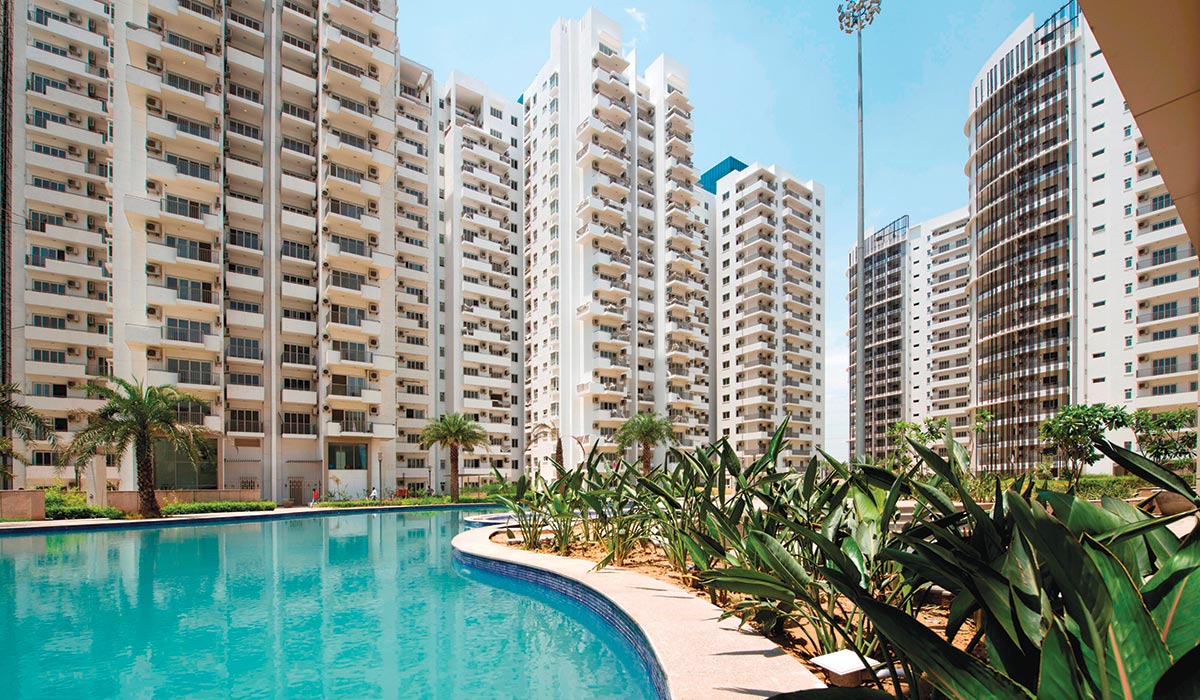
Cities like San Francisco and Vancouver are the leading green cities of the world today. Chandigarh, for example, illustrates how cities can function better with enhanced planning and relative architecture. Instead of being blindly influenced by the architecture of the western world for mere cosmetic treatments, we should understand and adopt the values of our vernacular architecture that originated from the diverse and rich topography, climate and environment, unique to each place in India.
The green building revolution and the need for eco-friendly structures has changed India remarkably in the last few years. Currently, India has over 2.2 billion square feet of green building footprint. The government is also giving subsidies to green projects, and demand for eco-friendly materials is intensifying as well. The market opportunity for India is huge.
Instead of being blindly influenced by the architecture of the western world for mere cosmetic treatments, we should understand and adopt the values of our vernacular architecture
Though many local bodies are promoting sustainable buildings, they are limited to a set ideas approach. There is a need for consideration of sustainability aspects in all phases of building design, planning, construction, production and use of eco-friendly building materials and products; energy-efficient systems that are also easy to maintain; safeguarding of high functionality, flexibility and adaptability; and the health and comfort of users, occupiers, and visitors.
 EMAAR MGF Palm Drive Sky Terraces,Gurgaon
EMAAR MGF Palm Drive Sky Terraces,GurgaonChina now has the biggest renewable market in the world, double than that in the US, and is home to almost one of every three wind turbines globally. A building I admire is the Shanghai Tower by Gensler. It collects rainwater and re-uses waste water, has a combined cooling and heating power system, and uses 40 other energy-saving measures that claim to cut 34,000 metric tonnes from its annual carbon footprint. The building is wrapped in two layers of smart glass for natural cooling and ventilation, and in total, a third of the site is green space, including 24 sky gardens sitting between the two skins. 200 wind turbines spin at the top of this tower which generates around 10% of the building’s electricity. It has achieved LEED Platinum rating, which breaks away the notion that a building of this size can’t achieve such a high sustainability rating.















